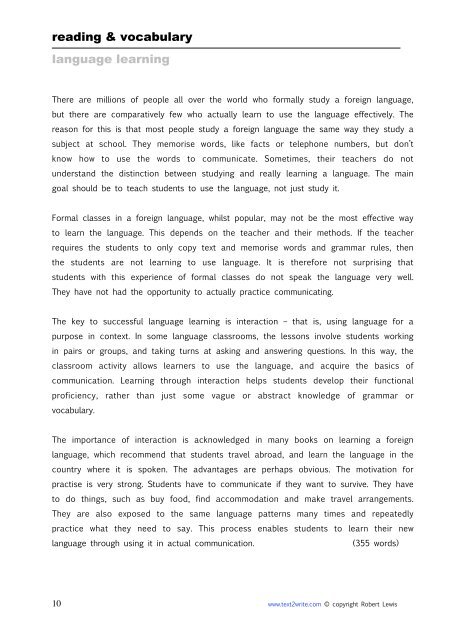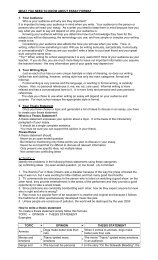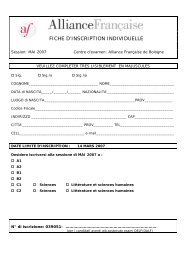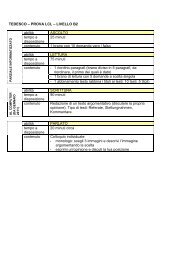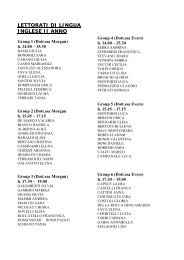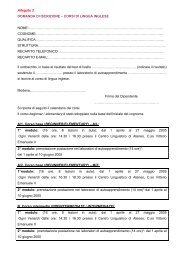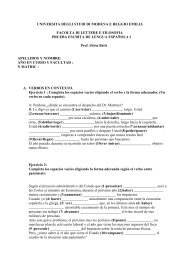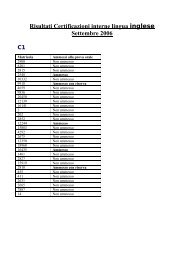intermediate
intermediate
intermediate
- No tags were found...
You also want an ePaper? Increase the reach of your titles
YUMPU automatically turns print PDFs into web optimized ePapers that Google loves.
eading & vocabularylanguage learningThere are millions of people all over the world who formally study a foreign language,but there are comparatively few who actually learn to use the language effectively. Thereason for this is that most people study a foreign language the same way they study asubject at school. They memorise words, like facts or telephone numbers, but don’tknow how to use the words to communicate. Sometimes, their teachers do notunderstand the distinction between studying and really learning a language. The maingoal should be to teach students to use the language, not just study it.Formal classes in a foreign language, whilst popular, may not be the most effective wayto learn the language. This depends on the teacher and their methods. If the teacherrequires the students to only copy text and memorise words and grammar rules, thenthe students are not learning to use language. It is therefore not surprising thatstudents with this experience of formal classes do not speak the language very well.They have not had the opportunity to actually practice communicating.The key to successful language learning is interaction – that is, using language for apurpose in context. In some language classrooms, the lessons involve students workingin pairs or groups, and taking turns at asking and answering questions. In this way, theclassroom activity allows learners to use the language, and acquire the basics ofcommunication. Learning through interaction helps students develop their functionalproficiency, rather than just some vague or abstract knowledge of grammar orvocabulary.The importance of interaction is acknowledged in many books on learning a foreignlanguage, which recommend that students travel abroad, and learn the language in thecountry where it is spoken. The advantages are perhaps obvious. The motivation forpractise is very strong. Students have to communicate if they want to survive. They haveto do things, such as buy food, find accommodation and make travel arrangements.They are also exposed to the same language patterns many times and repeatedlypractice what they need to say. This process enables students to learn their newlanguage through using it in actual communication. (355 words)10 www.text2write.com © copyright Robert Lewis


